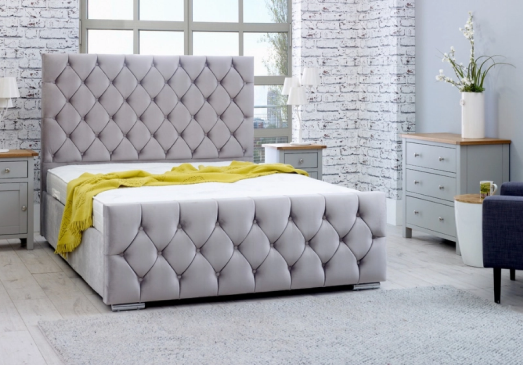- Lillian Race
- Buying Guides
- 1 likes
- 11177 views
-
-
Beds
- Beds
-
-
Heading title

-
-
-
-
Beds by Size
-
-
-
Help & Advice
-
-
-
Heading title
Not sure what you want? Browse All Beds
-
-
Headboards
- Headboards
-
-
Heading title

-
-
-
Headboards by Type
-
-
-
Beds by Size
-
-
-
Help & Advice
-
-
-
Heading title
Not sure what you want? Browse All Headboards.
-
-
Mattresses
- Mattresses
-
-
Heading title

-
-
-
-
Shop by Size
-
-
-
Help & Advice
-
-
-
Heading title
Not sure what you want? Browse All Mattresses
-
- Inspiration
- Christmas Sale
-
-
Beds
- Beds
-
-
Heading title

-
-
-
-
Beds by Size
-
-
-
Help & Advice
-
-
-
Heading title
Not sure what you want? Browse All Beds
-
-
Headboards
- Headboards
-
-
Heading title

-
-
-
Headboards by Type
-
-
-
Beds by Size
-
-
-
Help & Advice
-
-
-
Heading title
Not sure what you want? Browse All Headboards.
-
-
Mattresses
- Mattresses
-
-
Heading title

-
-
-
-
Shop by Size
-
-
-
Help & Advice
-
-
-
Heading title
Not sure what you want? Browse All Mattresses
-
- Inspiration
- Christmas Sale









